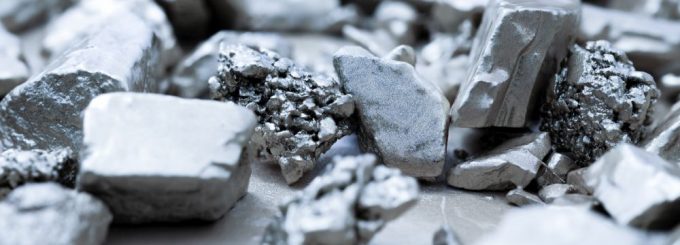The Advantages of Platinum Fuel Cells

Fuel cells are devices designed to produce electricity via electrochemical reactions rather than combustion. Inside oxygen and hydrogen will be mixed to generate water, electricity and heat. They can be used for many different applications, which range from vehicles to powering buildings or machinery, and platinum plays a critical role in its operation.
Why Platinum is So Important
Platinum is a crucial component for fuel cell production because it must be deposited onto porous electrodes, which allows it to function as an electro catalyst which can promote the electrochemical reaction rate that is needed to prompt H2 into releasing electrons which then transition into H2 ions.
Platinum functions as an outstanding catalyst for fuel cells since it allows oxygen as well as hydrogen reactions to occur at a rate which is optimal, though still being sufficiently stable to withstand intricate chemical environments inside the cell, along with higher current electric density, which offers greater long term performance.
The downside to using platinum is its high cost. Traditionally, fuel cells needed substantial platinum loadings which inhibited mass adoption. However, a number of discoveries made in recent years by technology and engineering firms have allowed fuel cells to be designed in such a way where they need much less platinum than older technology. By reducing the cost, it eliminates the mass adoption barrier which makes these fuel cells more accessible to most consumers.
PGM Fuel Cell Applications
Most PGMs (Platinum Group Metals) play an essential role in fuel cell production. They are also used in related tasks such as hydrogen refining and water electrolysis. Multiple technologies are used for water electrolysis and each has inherent strengths and weaknesses.
For instance, anode catalysts within electrolysers are typically built with ruthenium and iridium. Both are considered byproducts of platinum mining which means platinum supplies could also cater to electrolyser demand. Another important metal is palladium, which can be utilized for purifying, detecting and generating hydrogen. It plays an important role in most hydrogen projects because it can be used as the membrane which enables hydrogen permeation, blocking every other gas. Additional research has revealed that silver/palladium alloys are exceptionally stable which can play an important role in hydrogen purification.
Polymer Electrolyte Fuel Cell
Polymer Electrolyte Fuel Cell, or PEMFC for short, typically uses either platinum or other PGM metallic nanomaterials for catalyzing rates which limit ORR (Oxygen Reduction Reaction) process. However, the high costs associated with PGMs have slowed down mass commercialization. One alternative is nanomaterial biosynthesis.
The trouble is that many of the method used so far for biosynthesizing nanoparticles has also been costly. For the foreseeable future, platinum and related metals will remain the standard for fuel cell technology due to its high durability, stress resistance and ability to handle high heat and cold. Compared to gold, platinum is actually more durable and has an elevated density and composition which reduces the chances of breakage. Platinum also has a chemical structure where the metal will actually displaces along its surface whenever it is struck so no part of the material is lost from the impact.


